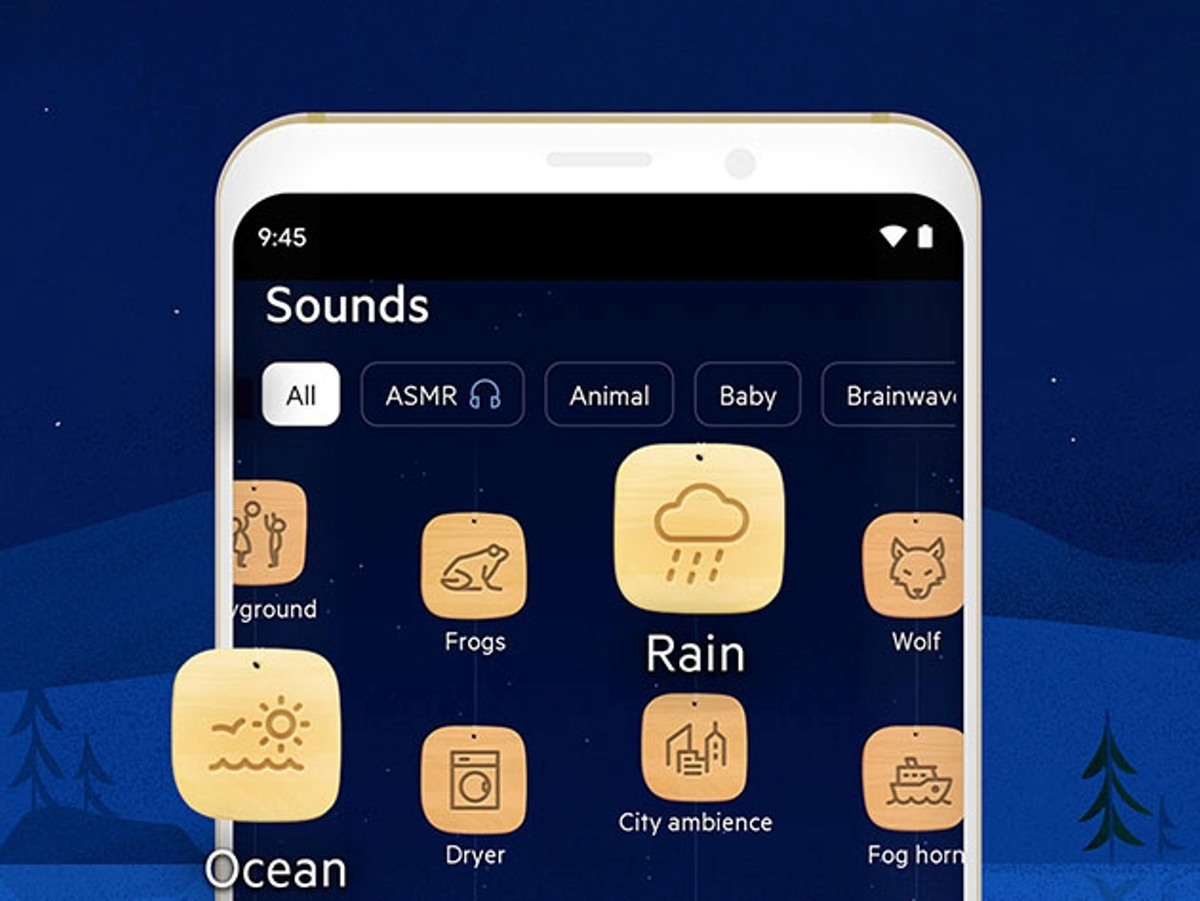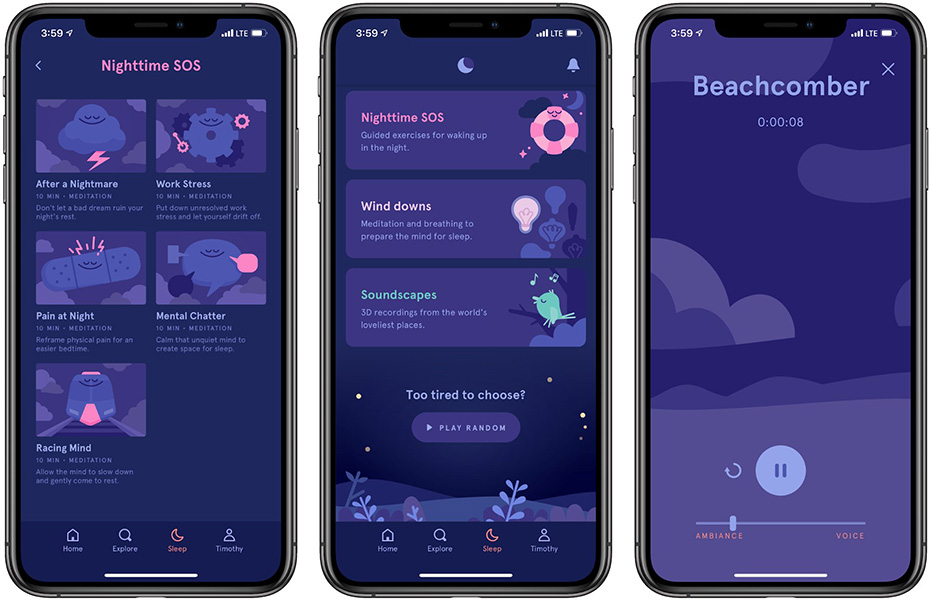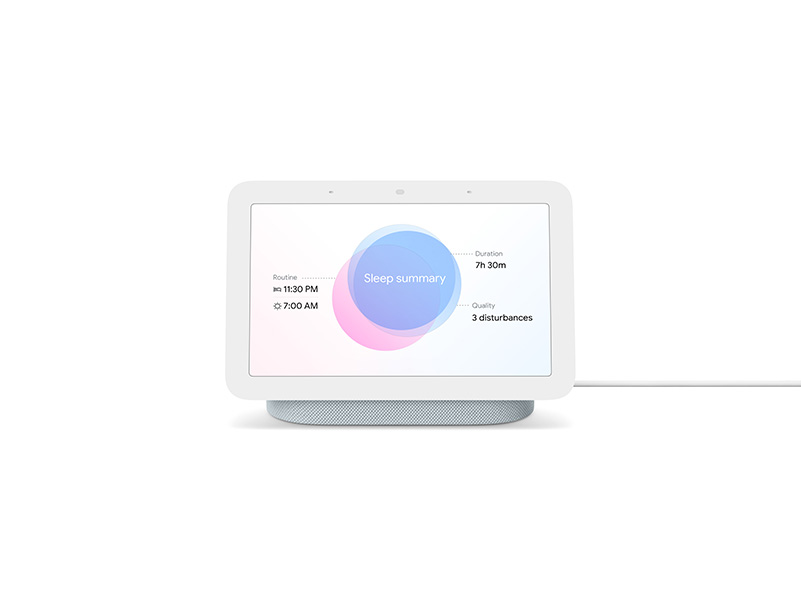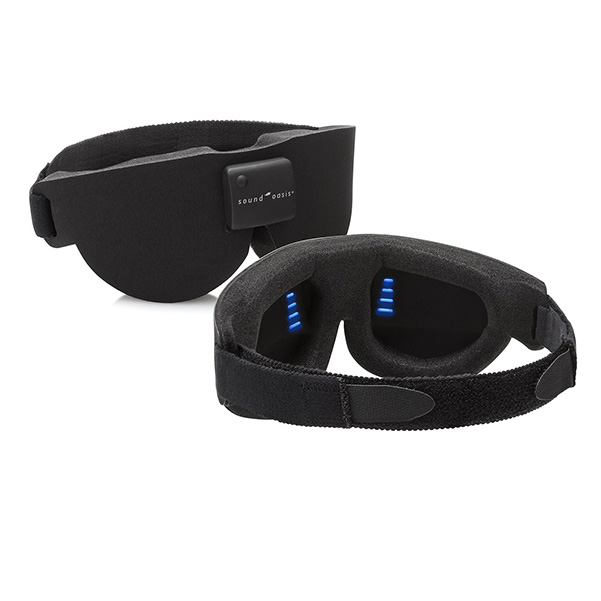Slip Into Sleep With These Apps and Gadgets

Smart technology might be able to help monitor your sleep and help you get a better one. Photo: GettyImages/Flashpop
Making sleep a top priority could be the best preventive medicine for your brain and your body.
Most adults need at least seven hours sleep per night to promote better concentration and productivity. Getting a good night’s rest also results in lower risk of heart disease, a stronger immune system, lower weight gain, reduced inflammation, and fewer instances of depression, according to the Mayo Clinic.
If you’re reading this and thinking, ‘Seven hours? I wish!’ or, ‘I know all this, but still have trouble falling or staying asleep,’ you’re not alone — especially during a global pandemic when more is weighing on our minds.
While there are several factors that could impact the quantity and quality of your sleep — age, diet, stress, room conditions and alcohol consumption, to name a few — technology might be able to help monitor your night’s sleep and/or help you get a better one.
Apps
The Canadian-developed BetterSleep app helps you fall asleep by letting you choose from a myriad of soothing nature sounds — like a crackling fire, crashing waves, or thunderstorms in a forest — and the option to create your own soundscape on your phone or tablet. It also includes white noise options, meditation sessions, bedtime stories and a section called SleepMoves, with a series of body-mind exercises and relaxation techniques.

Sleep Cycle leverages your smartphone’s built-in microphone and accelerometer, which picks up your movements as you sleep using sound and vibration analysis. The app then analyzes the data to determine if you are in light sleep, deep sleep or a REM dream state — and then wakes you up at an optimal time (within a 30-minute window that you set). The app attempts to rouse you during your lightest phase of sleep, so that you wake up feeling rested and refreshed.
One of the more popular apps for mindfulness and meditation, the Calm app is loaded with guided sessions in varying lengths, from 3 to 25 minutes, and content designed for all meditation skill levels, with full seven- and 21-day programs. Simply choose a topic that matters most to you, such as Deep Sleep, Happiness, Managing Stress, Focus, Calming Anxiety or Breaking Habits — and the desired length of the session. Track your progress, including your history and daily meditation sessions (called streaks).
Similarly, the Headspace app is billed as a “gym membership for the mind.” It features a clean and easy-to-use interface and guided lessons for beginners to experts — and everyone in between. There are several meditation and mindfulness techniques that help you clear your head, reduce stress and improve sleep. Newly added sessions include “The Wake Up,” with inspirational short stories and advice, and “Move Mode,” which are guided workouts to exercise your mind and body at the same time.

Gadgets
The all-new Google Nest Hub ($129) is a smart display that lets you verbally ask a question, hear — and see — a response from your favourite personal assistant. Or you can use the touch screen to play videos, access recipes and more. On your night table, however, it also uses motion and sound to monitor your sleep, and can detect light and temperature in the room. It can help track when you go to bed, when you wake up and how long (and well) you’ve slept, and then give customized suggestions over time.

Another bedside companion, the Philips Somneo sleep and wake-up light with RelaxBreath ($219) guides you though light-based breathing exercises to wind down. When it’s time to rise, the Somneo gradually brightens your room by simulating a natural sunrise, from red to orange to a bright yellow light, and with optional sound effects (or radio).
By day, the wearable Fitbit Inspire 2 ($129) captures activity information — such as steps taken, distance travelled, estimated calories burned and heart rate — and shows the info on the watch or wirelessly on a companion app. At night, it smartly monitors your time spent in light, deep and REM sleep, and provides a Sleep Score to better understand your sleep quality each night (which you an also share be shared with others, like your physician).
Similarly, Apple Watch (from $259 for Series 3 model) has an integrated Sleep app, which lets you create bedtime schedules and track your sleep trends over time. All this info is wirelessly shared to the Health app on your iPhone for a deeper dive into the data (including charts and graphs). Apple Watch also supports several dozen sleep-related third-party apps, including Pillow, AutoSleep, Sleep++ and Sleep Watch (most are free to try).

The Sound Oasis GTS-2000 Deluxe Glo To Sleep Therapy Mask ($39) uses a similar approach to help astronauts get a good rest aboard the International Space Station. While blocking out ambient light, a red-toned light helps you fall asleep, while blue tones wake you gently and effectively at your chosen alarm time. All the science is discussed on its website.

Noise-cancelling headphones, if comfortable to wear, could also help you fall asleep by cancelling out environmental noise, and could relax you further by playing soothing nature sounds from a nearby smartphone, tablet or laptop. Prices range from $29 to $399, depending on brand and quality.
All prices listed were accurate at the time of writing. Originally published on March 18, 2021.
RELATED: